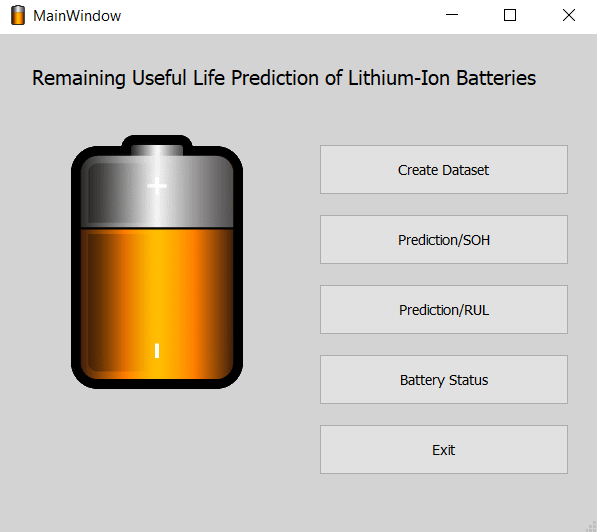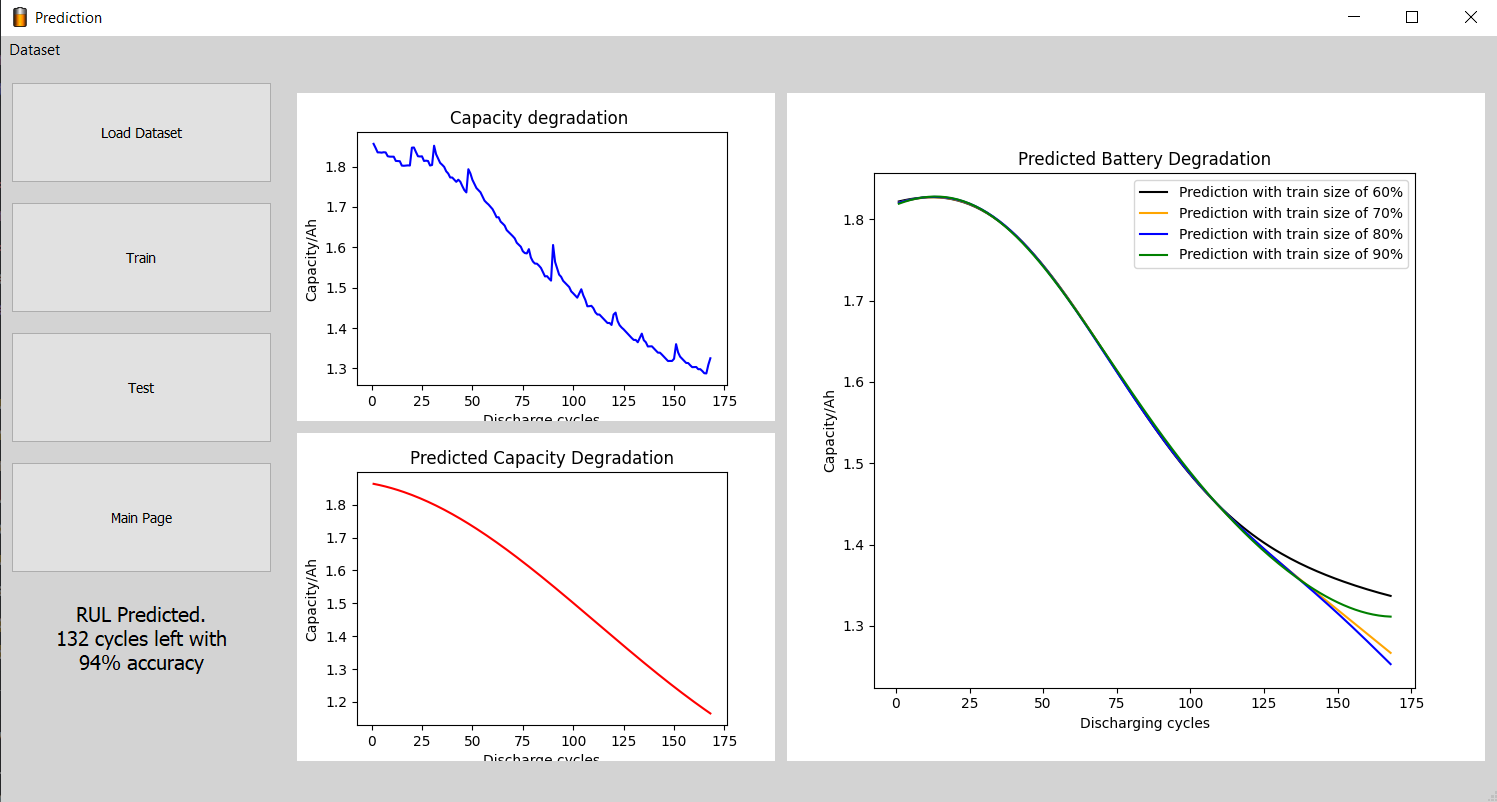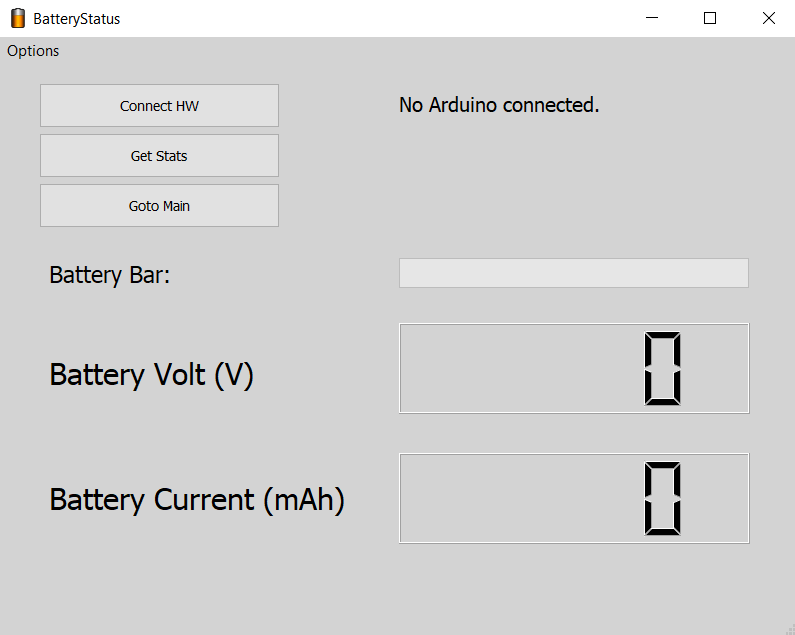This system/project will deal with the RUL of the battery. There for it is a part BMS (Battery Management System) which is necessary to ensure safe, efficient, reliable and durable battery operations. The main tasks of a battery management system are safety control and reliable charging and discharging of the lithium-ion battery. We will predict a reliable Remaining useful life(RUL) estimation using machine learning Algorithm basically data driven method using dataset from NASA repository and our HW. Our HW for system will provide BMS function like safe charging, discharging function and also remaining capacity indication.
Objectives
The objective of predicting the Remaining Useful Life (RUL) of lithium-ion batteries using machine learning is to develop a model that can accurately estimate the amount of useful life remaining in a battery before it reaches a predetermined failure point. By leveraging historical data on battery performance, operating conditions, and maintenance records, the machine learning model aims to capture patterns and relationships that can help forecast the remaining lifespan of the batteries. The ultimate goal is to enable proactive maintenance strategies, optimize battery usage, and minimize downtime by predicting when a battery is likely to fail, allowing for timely replacement or maintenance actions to be taken. Accurate RUL predictions can enhance the overall reliability, efficiency, and cost-effectiveness of lithium-ion battery systems in various applications such as electric vehicles, renewable energy storage, and portable electronics.
Socio-Economic Benefit
Predicting the Remaining Useful Life (RUL) of lithium-ion batteries using machine learning holds immense potential for transformative socio-economic impacts. By accurately estimating the remaining lifespan of batteries, proactive maintenance strategies can be implemented, reducing downtime and associated costs. This cost reduction translates into significant savings for industries reliant on lithium-ion batteries, such as electric vehicles and renewable energy storage. Moreover, optimizing battery usage based on RUL predictions enhances overall battery efficiency, reducing waste and maximizing resource utilization. This contributes to sustainable resource management by extending the useful life of batteries and minimizing the environmental impact associated with their production and disposal. Additionally, accurate RUL predictions improve safety by identifying batteries nearing the end of their life, enabling timely replacement and mitigating the risk of safety incidents, such as overheating or explosions. Reliability of energy systems is also enhanced, as advanced RUL predictions ensure uninterrupted operation by avoiding unexpected battery failures. Furthermore, the development of machine learning models for RUL prediction fosters technological advancements in battery technology and data analytics, driving innovation in the field and unlocking new insights for improved battery designs and energy utilization.
Methodologies
To detect the battery status accurately and prevent the system from running a lithium battery on risk, a number of methods have been proposed to estimate the battery RUL. These methods are divided into three categories:
1. Direct measurement method.
2. Model-based method.
3. Data-driven method.
Outcome
The outcome of predicting the Remaining Useful Life (RUL) of lithium-ion batteries using machine learning can have several significant implications. Firstly, it enables proactive maintenance and replacement strategies, leading to reduced downtime and associated costs. By accurately estimating the remaining lifespan of batteries, timely actions can be taken to prevent unexpected failures and optimize maintenance schedules. This improves operational efficiency and resource utilization, resulting in cost savings for industries relying on lithium-ion batteries, such as electric vehicles, renewable energy systems, and portable electronics. Secondly, predicting RUL enhances battery safety by identifying batteries nearing the end of their life. This allows for timely replacement, reducing the risk of safety incidents such as overheating or explosions. Thirdly, optimized battery usage based on RUL predictions can extend battery lifespan and minimize unnecessary waste. This contributes to sustainable resource management and reduces the environmental impact associated with battery production and disposal. Lastly, accurate RUL predictions facilitate reliable energy systems by preventing disruptions and ensuring the availability of power when needed.










